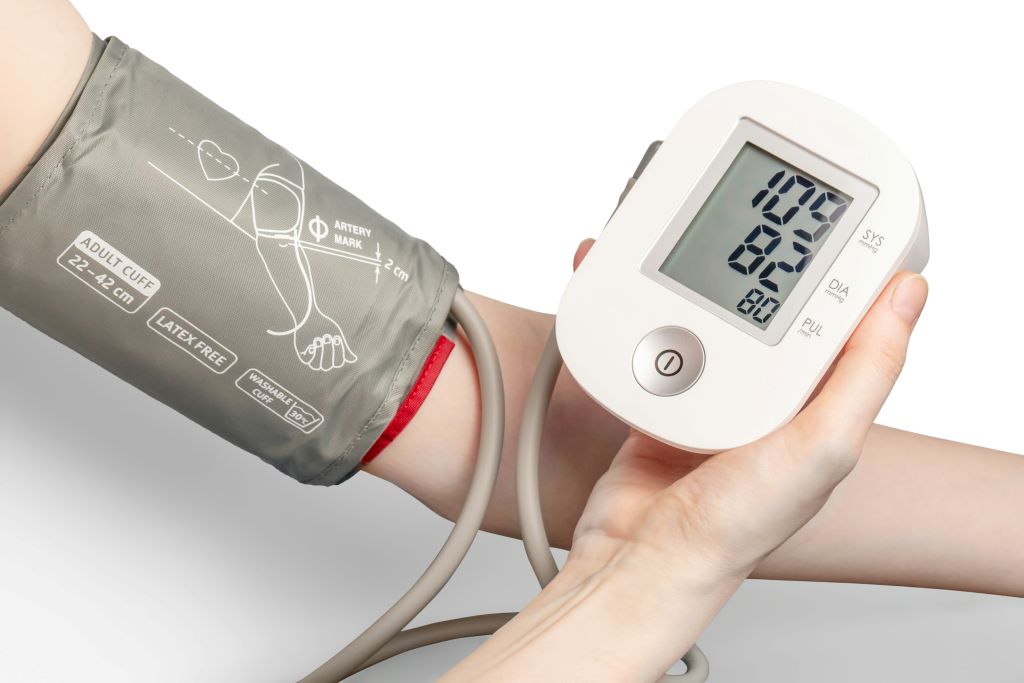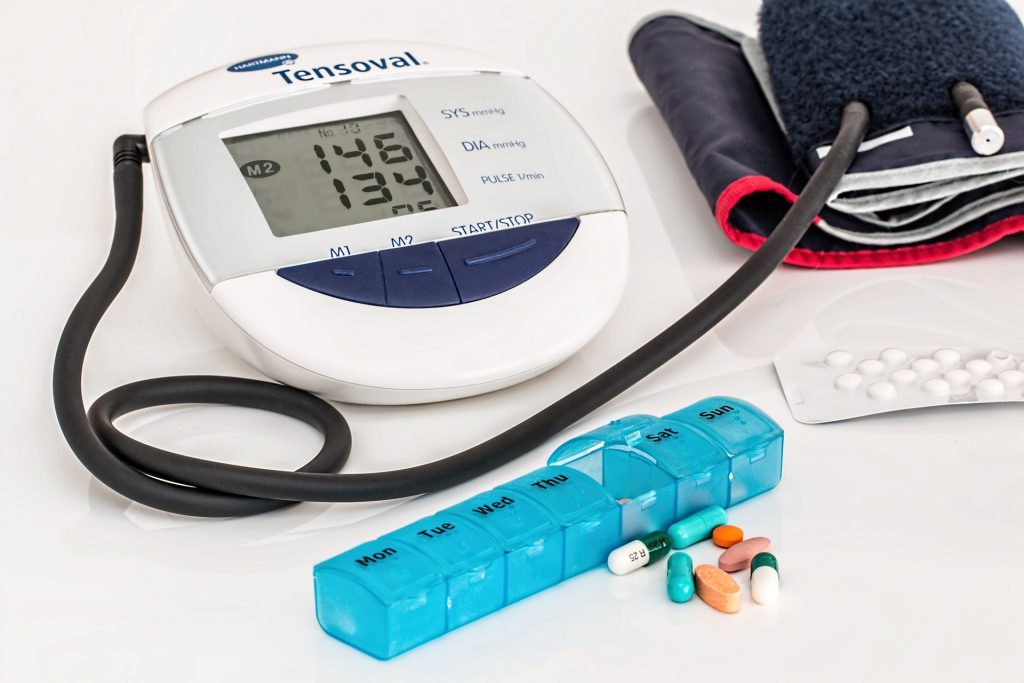Home-based Hypertension Care is Effective in Rural South Africa

Home-based hypertension care led to reductions in systolic blood pressure and improvements in hypertension control in South Africa, according to late-breaking research presented in a Hot Line session at ESC Congress 20251 and simultaneously published in the New England Journal of Medicine.
“Hypertension is the primary risk factor for stroke and heart disease, which are leading causes of death in South Africa. Despite the wide availability of low-cost, effective therapies, hypertension control remains extremely poor in resource-limited settings. Obstacles include a lack of patient confidence to manage their own hypertension care, overcrowded clinics with long wait times and the cost of transport to clinics,” explained the IMPACT-BP trial’s Co-Principal Investigator Doctor Thomas Gaziano from Mass General Brigham (MGB) and Harvard Medical School, Boston, USA. “Our trial aimed to assess the effectiveness and implementation of reliable, home-based, technology-supported interventions to improve blood pressure control in low-resourced rural South Africa.”
IMPACT-BP was an open-label, randomised controlled trial conducted at the Africa Health Research Institute (AHRI) in KwaZulu-Natal, South Africa, in which patients were recruited from two public-sector primary healthcare clinics. The implementation study was designed with Co-Principal Investigator, Doctor Mark Siedner of AHRI and MGH, Professor Nombulelo Magula of the University of KwaZulu-Natal, and the KwaZulu-Natal Provincial Department of Health.
Adult patients were eligible if they had evidence of uncontrolled hypertension as defined by South African Department of Health Guidelines: two measurements of systolic blood pressure (SBP) >140 mmHg and/or diastolic BP (DBP) >90 mmHg, taken a minimum of 6 months apart.
Patients were randomised to one of three strategies: 1) standard-of-care, clinic-based blood pressure (BP) management; 2) home-based BP self-monitoring supported by the provision of BP machines, community health workers (CHWs) who conducted home visits for data collection and medication delivery, and remote nurse-led care assisted by a mobile application with decision support; or 3) an enhanced CHW group in which BP machines included cellular technology to transmit BP readings automatically to the mobile application. The primary outcome was change in SBP from enrolment to 6 months.
In total, 774 patients were randomised. The mean age was 62 years, 76% were women, 14% had diabetes and 47% were living with HIV.
Compared with standard-of-care, mean SBP at 6 months was lower in the CHW group (−7.9mmHg; 95% confidence interval [CI] −10.5 to −5.3; p < 0.001) and the enhanced CHW group (−9.1mmHg; 95% CI −11.7 to −6.4; p < 0.001). In the standard-of-care group, hypertension control at 6 months was 57.6% compared with 76.9% in the CHW group and 82.8% in the enhanced CHW group. Improved BP with home-based care appeared to persist at 12 months.
Severe adverse events (2.7%) and deaths (1.0%) were uncommon overall and similar across groups. Retention in care remained more than 95% in both intervention groups, with patients reported to have enjoyed managing their own hypertension.
Summarising, Doctor Siedner said, “This study is an important example of how making models of chronic disease care more convenient – taking it from the clinic to patients’ homes and letting them play a major role in their own care – can substantially improve hypertension outcomes.”
Of particular value was that the programme was successful in a community that has historically had low access to care. Professor Magula concluded: “Achieving hypertension control in over 80% of people in a predominantly Black African community in rural South Africa is a clear example that equitable health care access can be achieved in disadvantaged communities. Similar models of care that address structural barriers could be considered to improve hypertension control in other remote and resource-limited settings. Expansion of the model to include the care of people with multiple comorbidities may also be valuable.”
Source: European Society of Cardiology


